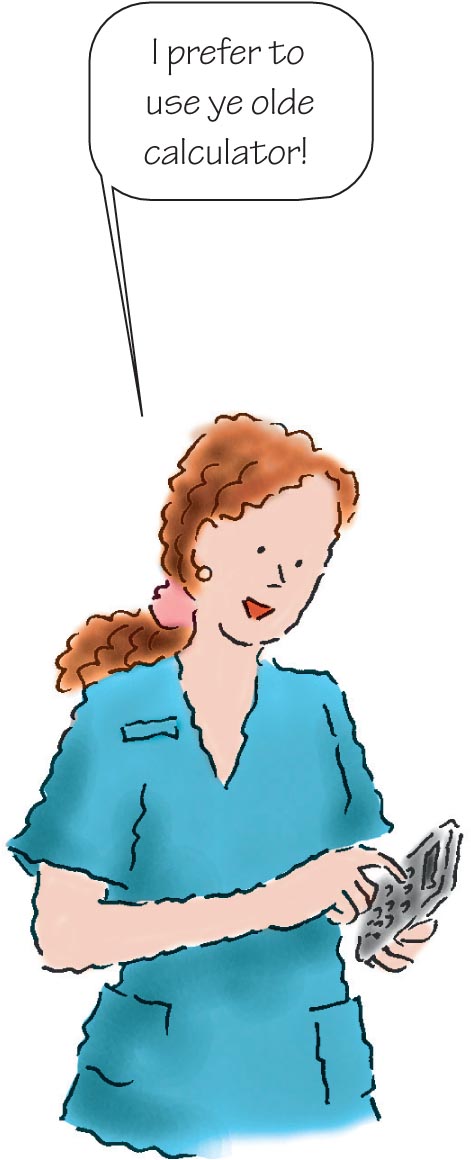Doctors and pharmacists used the apothecaries' system before the metric system was introduced. Since widespread adoption of the metric system, use of this older system has declined. Even though the apothecaries' system is rarely seen anymore, you should still be familiar with it.
Basic minims and grains
Unlike the metric system, which is used to measure length, volume, and weight, the apothecaries' system is used to measure only liquid volume and solid weight. The basic unit for measuring liquid volume is the minim, and the basic unit for measuring solid weight is the grain.
One way to remember these units is to visualize the minim as about the size of a drop of water, which weighs about the same as a grain of wheat. The following mathematical statement sums up this relationship:

Other units of measure in the apothecaries' system build on these two basic units. Many of these units are also common household measurements. (See Ye olde apothecaries' system.)
Measurements of liquids and solids that are expressed in the apothecaries' system can easily be converted from one unit of measure to another. Here are a few examples:
How many fluidrams are in 60 minims? From the table shown in Ye olde apothecaries' system, you can see that 60 minims equal 1 fluidram.
How many quarts are in 1 gallon? One gallon equals 4 quarts of fluid.
How many drams are in 30 grains? Because 60 grains equal 1 dram, 30 grains equal
 dram.
dram.

Some doctors and pharmacists express apothecaries' system dosages in Arabic numerals followed by units of measure. However, the apothecaries' system traditionally uses Roman numerals. (See The road to Roman numerals.)
When in Rome…
When used in pharmacologic applications, Roman numerals ss ( ) through x (10) are usually written in lower case. When Roman numerals are used, the unit of measure goes before the numeral. For example, 5 grains is written grains v. Fractions of less than
) through x (10) are usually written in lower case. When Roman numerals are used, the unit of measure goes before the numeral. For example, 5 grains is written grains v. Fractions of less than  are written as common fractions using Arabic numerals. Other quantities are expressed by combining letters according to two general rules.
are written as common fractions using Arabic numerals. Other quantities are expressed by combining letters according to two general rules.

When a smaller numeral precedes a larger numeral, subtract the smaller numeral from the larger numeral. For example:

When a smaller numeral follows a larger numeral, add the numerals. For example:

Breaking up is easy to do
To convert an Arabic numeral to a Roman numeral, first break the Arabic numeral into its component parts; then translate each part into Roman numerals. For example:

Roman numeral conversions
Now that you understand how Roman numerals work, convert the numbers below.
Write 53 using Roman numerals:

Write CXXVI using Arabic numerals:

Write 1,558 using Roman numerals:

